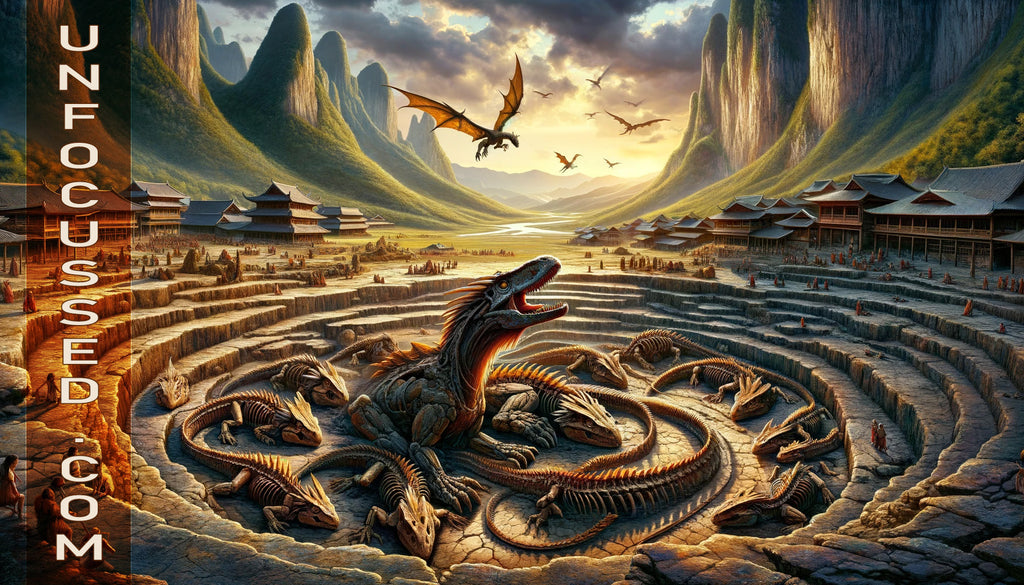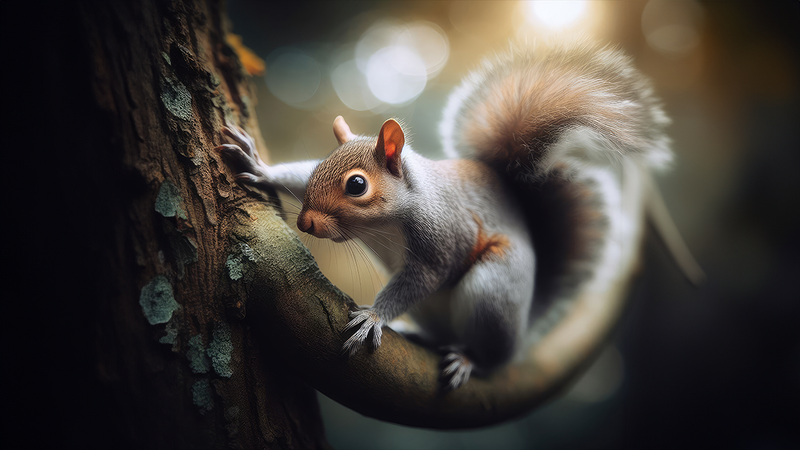Dragons, the magnificent creatures of lore and legend, have fascinated humanity for centuries. While they are common figures in mythological stories, there is much about them that remains shrouded in mystery. Here are ten lesser-known facts about these mythical creatures that might surprise you.
1. Dragons Across Cultures
Though most people associate dragons with medieval European folklore, these creatures appear in the myths of many cultures worldwide, including Chinese, Japanese, Australian Aboriginal, and Native American lore.
2. Not All Dragons Breathe Fire
While the image of a fire-breathing dragon is iconic in Western culture, it's not a universal attribute among the world's dragon myths. In many Eastern cultures, dragons are seen as benevolent creatures associated with water, weather, and the life-giving forces of nature. For example, Chinese dragons are traditionally linked to rainfall, rivers, and bodies of water and are often called upon in rituals to bring rain and end droughts.

These Eastern dragons, unlike their Western counterparts, are typically portrayed without wings, with long, serpentine bodies that allow them to move gracefully through the air or water. They symbolize power, strength, and good luck, and are revered as protectors rather than feared as monsters. The differences between Eastern and Western dragons highlight the diverse roles these mythical creatures play in various cultures' folklore and mythology.
In contrast, in other cultures, dragons are depicted with varying elemental powers, not just fire. In Slavic mythology, for example, dragons might control the elements, wielding not just fire but water, earth, and air. This variation shows the adaptability and range of the dragon myth across different landscapes and belief systems.
3. The Symbolism of Dragons
In Eastern cultures, dragons often symbolize wisdom, power, and luck, but in Western narratives, they are frequently portrayed as malevolent beings to be conquered.
4. Dragons and Dinosaurs
Some historians and anthropologists believe that the concept of dragons might have originated from ancient peoples discovering dinosaur fossils. Imagine villagers stumbling upon the massive, twisted bones of a long-dead creature, buried in the earth. Without the context of modern science, these remains could easily be interpreted as the skeletons of dragons, leading to myths and legends that spanned cultures and centuries.

This theory is supported by the fact that many early descriptions of dragons share characteristics with what we now know were dinosaurs or other prehistoric creatures. For example, the ancient Chinese dragon is often depicted with features reminiscent of dinosaurs, like long, serpentine bodies and scaly skin. This suggests a possible cultural memory or interpretation of dinosaur fossils as dragons, bridging the gap between prehistoric life and myth.
The fascination with these "dragon" bones even influenced the naming of one of the first scientifically recognized dinosaurs, which was named "Megalosaurus" — meaning 'great lizard', but often associated with the grandeur of dragons.
5. The Rich Variety of Dragons
Dragons come in various shapes and sizes, from serpentine or reptilian to creatures with wings and four legs, demonstrating the vast diversity of these mythical beings.
6. Dragon Blood
In many stories, dragon blood has magical properties, capable of giving invincibility or eternal life to those who dare to consume it.
7. Dragons and the Zodiac
The dragon is the only mythical creature included in the Chinese Zodiac, signifying strength, health, and good fortune for those born under its sign.
8. Famed Dragon Slayers
Heroes defeating dragons is a common theme in folklore. Notable dragon slayers include Saint George, Siegfried from the Nibelungenlied, and Beowulf from Anglo-Saxon literature.
9. Dragons in Literature and Film
Dragons continue to be popular in modern literature and films, often depicted as wise or powerful allies, rather than foes, reflecting a shift in how we perceive these mystical creatures.
10. Conservation of 'Dragons'
While mythical dragons aren't in need of conservation, their real-life counterparts, such as the Komodo dragon and other large lizards, face threats from habitat loss and climate change.

















